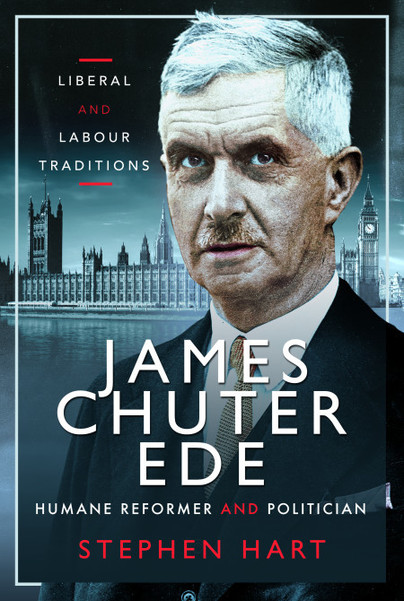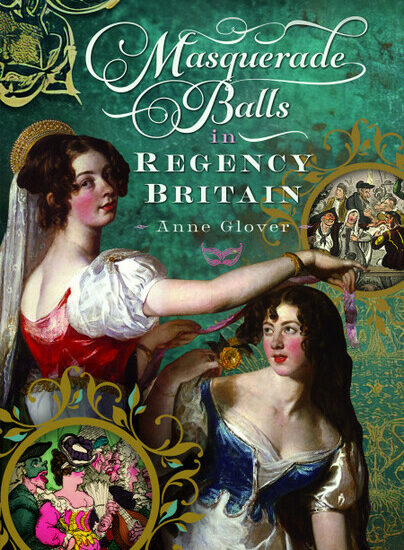Author Guest Post: Stephen Hart
The sad news about the Duke of Edinburgh brings to mind how James Chuter Ede, who held the post of Home Secretary throughout Clement Attlee’s government, was brought into contact with the Royal Family in several ways.
On 20 November 1947, Chuter Ede attended the wedding of Princess Elizabeth to Prince Philip at Westminster Abbey. Although the marriage had been privately agreed, and the King had approved, Philip was Greek by birth and German by ancestry. Despite serving in the Royal Navy, he had never formally taken British citizenship (though as a descendant of Sophia of Hanover he was probably British by statute). Ede had been approached in 1946 by Earl Mountbatten, the young man’s uncle, about ensuring his naturalisation, and on 5 December he gave a written answer to a Parliamentary Question, that Prince Philip of Greece
‘has submitted an application through his commanding officer in accordance with the arrangements which … have been made to enable early consideration to be given to applications for naturalisation from foreigners who have served during the war in His Majesty’s Forces.’
The matter was accomplished some months before the engagement was announced in July, Ede being involved in Philip’s choice of surname.
A German name was clearly best avoided and, as his German background was from the Oldenburg family, ‘Oldcastle’ had been suggested. Ede, though, felt ‘something grander and more glittering can be found’, advising the King to approve the name Mountbatten. Philip’s uncle Mountbatten, who had been steering the decision, was of course delighted.
Ede got to know the Prince and Princess; he left among his papers a pleasant photograph of himself, with his wife Lilian in her wheelchair, and the young couple at a summer social occasion. The event and date are not recorded but, as Lilian was to die in July 1948, it is likely to have been in 1947, when the Princess and Prince had just become engaged. Though he would only serve in the King’s Cabinet, as he was back in opposition before the Princess became Queen, their wedding was another ceremony which would provide him experience, which he later put to use as one of her Privy Counsellors working on her coronation.
In 1952, Ede started the final diary he kept, the first entry being dated Tuesday 5 February – was that an arbitrary date on which to restart his journal? Probably not. I suspect he actually commenced it a day or two later, for on 6 February George VI died. Ede was living through significant events.
A Parliamentary meeting was going on when Attlee was called away, and he returned with news of the King’s death. Attlee’s immediate tribute to the King was, ‘he was always very nice to me’. In Parliament Churchill made a very brief announcement, and the sitting was suspended. The Privy Council met at 5.00 pm, with a large attendance, in contrast to the small numbers at routine meetings. Princess Elizabeth, in her absence abroad, was proclaimed Queen, and the proclamation was signed by the Privy Councillors in turn, Ede noting he signed next after the Bishop of London. As the members of the Council were circulating, he was approached by Mountbatten, who reminded him of their earlier meeting in 1947, to discuss Prince Philip’s naturalisation. ‘I said his nephew had done very well’, Ede recorded.
Many years later, Surrey County Teachers’ Association, with which he had first become involved more than fifty years before, decided to commission a portrait of Ede, which they wished to present to Surrey County Council. In 1961 they decided to issue a circular to his ‘many friends and colleagues’, asking for subscriptions, as the ‘Association owes more than they can ever repay to the genius of Mr Ede and to the inspiration and devotion of the lady who was his wife from 1917 to 1948’. They asked for the collection to be made by October, so the artist could proceed with the commission.
The portraitist selected was Michael Noakes, a young Surrey artist, starting a career which would include painting the Duke of Edinburgh, as well as the Queen, Bill Clinton, Margaret Thatcher and many others, probably totalling over a hundred in all. He was then aged 28, and living in Reigate, where Ede sat for him. A book he wrote on oil painting a few years later included an unusual photograph, of Noakes in front of the Ede portrait on his easel, pipe in his mouth, with Ede himself sitting solidly in a hard armchair. In the photo’s caption, he stated he tried to show ‘a man who had retained a basic simplicity and humanity in spite of having held a very burdensome office’.
The portrait was presented to Surrey in February 1962, and now hangs in the corridors of County Hall in Kingston, with a description written below, listing Chuter Ede’s name, title and honours, his dates as Home Secretary, Surrey CC member and chairman, together with ‘MP for Mitcham 1923’, the one occasion he represented his own county at Westminster. When shown a photo of this more than fifty years later, Noakes was keen to take a copy, for he had not forgotten him. Then in his eighties himself, a few months before his own death in 2018, he was able to recollect Ede as a cooperative sitter, interested in talking about his work. He recalled Ede recounting that, when happening to be in Windsor, he contacted the Castle and arranged to call in and ‘visit the Queen’.
Presumably he continued to feel that Prince Philip had done very well.

James Chuter Ede: Humane Reformer and Politician is available to order here.

